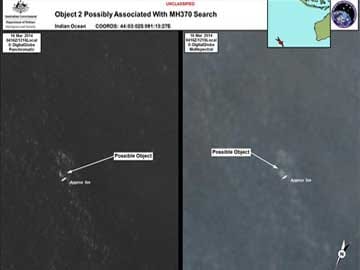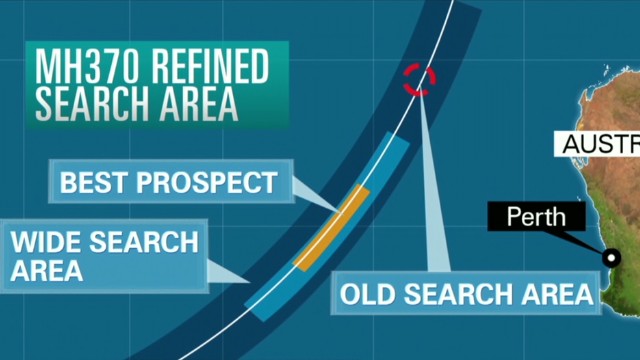

The likely location of MH370’s wreck is a narrow stretch of water known as “the seventh arc” – a line connecting seven so-called “handshakes” with the plane recorded by the Inmarsat satellite. “This has been the largest and most challenging underwater search operation in history, and we have a high degree of confidence now that the aircraft is not in the area in which we have searched,” he said.Ī map showing the widening of Australia’s underwater search area along the ‘seventh arc’. Greg Hood, the ATSB’s chief commissioner, said at Wednesday’s press conference they were “some of the most extreme ocean conditions anywhere in the world”. Over almost two and a half years, eight search vessels scoured depths of up to 6km in waves of sometimes up to 20 metres. This 120,000 sq km total area was a remote stretch of water almost twice the size of Tasmania, nearly 2,500km off the coast of Western Australia.


In April 2015, with some 40% of the priority area yet to be searched, there was a tripartite announcement that the search zone would be extended by a further 60,000 sq km, “thereby covering the entire highest probability area identified by expert analysis”. In its June 2014 report defining the search area, the ATSB was forthcoming about “uncertainty associated” with the Inmarsat data and the impact it would have on the plane’s location, going so far as to state that “no evidence was available to conclusively determine” when the turn – or turns – took place.ĭespite this significant ambiguity, the assumptions about the satellite data were used to determine the search area, which Godfrey described as a “little bit of a screw-up”. We have a high degree of confidence now that the aircraft is not in the area in which we have searched Greg Hood, Australian Transport Safety Bureau If the satellite data was interpreted to show a descent, the plane would have run out of fuel and crashed up to 870km further north than the northernmost point of the area searched by the ATSB. This would suggest MH370 could have turned south as late as 3.36 – almost an hour after the attempted phone call. He and the rest of the IG believe that the plane was descending by 2.39, at a rate of about 2,000 feet a minute towards an air force base in India’s Nicobar Islands. “But it could have taken place much later, and that changes things enormously in terms of how far south the plane could have flown,” Godfrey said. The ATSB believes the plane had turned south by the point of the first attempted call. The shadow of a search plane scouring the Indian Ocean for debris in April 2014. Malaysia Airlines’ operational centre, having noticed the plane had “gone dark” on radar and was not responding on radio, called its satellite phone at 2.39 and again at 2.40. MH370’s final resting place depended – still depends – on when it made that all-important turn, and how far south it flew before running out of fuel and crashed. But just after 2.22, the plane was abruptly lost from the radar – and by 3.41 the satellite data showed it had inexplicably changed course to track in a southerly direction. That was reiterated by Inmarsat satellite data at 2.25. The critical disagreement between the IG and the ATSB is over the estimation of the moment that MH370 turned south.Īt 2.22am local time the Malaysian military’s primary radar said the plane was bound north-west along the Malacca Strait. The ATSB’s underwater operation began in early October 2014, nearly six months after the aerial and surface search had concluded without success, with a 60,000 sq km “priority area” determined by analysis of the plane’s last radar and satellite communications. “It’s a lot to get your mind around, all of the data in its significance.”īut there are also crucial gaps, even in the data that was used to determine the underwater search area. The ATSB and the IG “by and large” agree, according to Richard Godfrey, an aerospace engineer and IG member based in Frankfurt. Over the past two years some have occasionally conferred with the ATSB in March 2016 the then-chief commissioner, Martin Dolan, told the Guardian that the IG provided valuable “criticism and questioning”. With members based in the US, the UK, Germany, Sweden, France, Singapore, Canada, New Zealand and Hong Kong, members communicate mostly over email and analyse publicly available information. The Independent Group is a network of about 20 pilots, scientists, engineers and experts around the world united by an interest in solving the mystery of MH370. A woman whose daughter was on board MH370 cries before a meeting with Malaysian Airlines officials in Beijing this week.


 0 kommentar(er)
0 kommentar(er)
